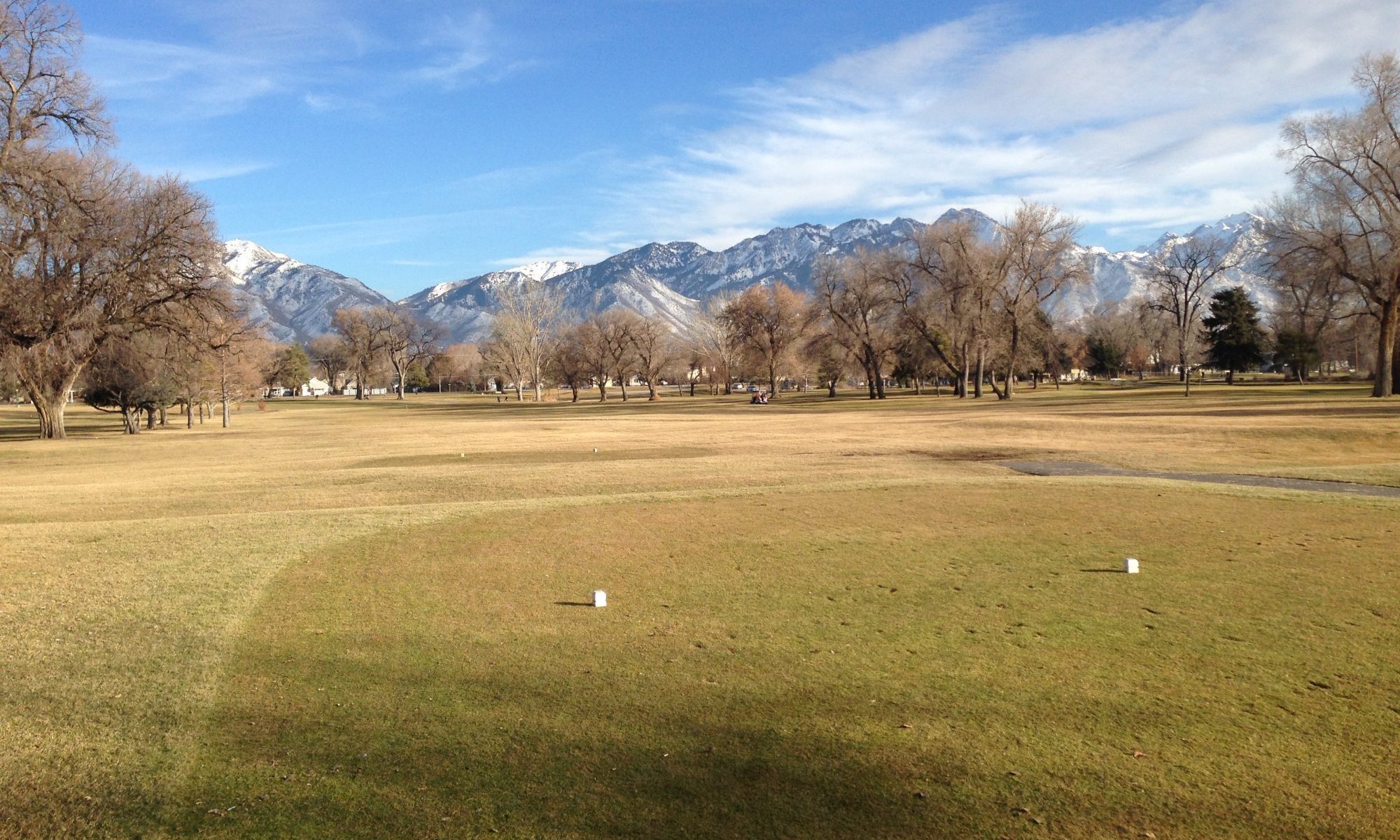We all know what golf clubs look like today, but what did they look like several centuries ago? Like humankind, the golf club continues to evolve. The development of the club gives us all a rich insight into how the sport was once played. If we look closely, it might even give us a sneak peek into any future developments for the sport.
The 1500s
A set of golf clubs varied in the 16th century. Golfers used play clubs, known as “longnoses”, for driving. They played with fairway clubs, or “grassed drivers”, for medium range. Other clubs that golfers used were: “spoons” for short shots, a putting “cleek”, and “niblicks”, which were similar to wedges. Those who crafted the clubs used wood. They specifically used ash or hazel for the club shafts. Separately, they made the club heads by using tougher wood, such as pear, holly, apple or beech. They connected the club head to the shaft with a splint. Then, they bound the two parts with a leather strap.
The 1700s
Local blacksmiths began making the first iron club heads around 1750. Players used these for “niblicks” or wedges. Then, in 1826, Robert Forgan, a club-maker in Scotland, began using imported hickory. The hickory hailed from America and club-makers used it for making club shafts. It rapidly became the club-maker’s wood-of-choice since it was both readily accessible and strong.
The 1900s
Club-makers became more creative in the early 20th century. They introduced the steel shaft around 1925 in the United States. Even so, blacksmiths commonly constructed clubs by using steel since the late 1890s. Players preferred the steel shaft based on its remarkable accuracy and noted durability. The Royal and Ancient Golf Club of St Andrews banned concave-faced wedges by 1931. From that point forward, players used the modern sand wedge. The inventor, Gene Sarazen, created the wedge that possessed a straight face and increased bounce.
Present Day
Golfers today play with titanium club heads, which are combined with graphite shafts. The club head size for drivers does not exceed 460cc. Golfers are no longer making their own clubs from wood. Instead, companies manufacture the clubs using advanced technology. By doing so, the clubs are tailored to each individual. Depending on the type of club the player desires, there are a number of resources that explain where to buy specific golf clubs.
